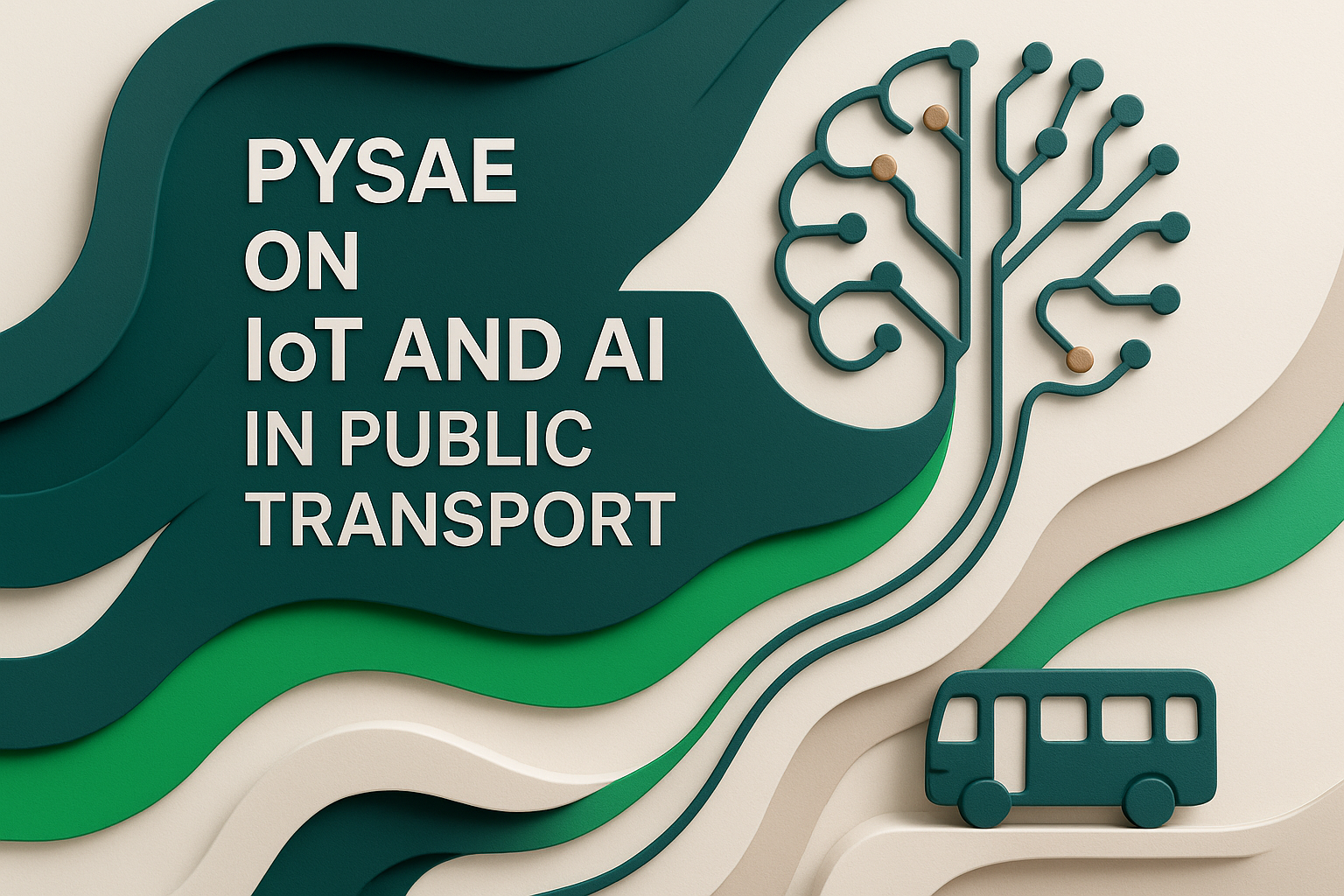How IoT and AI Are Transforming Public Bus Operations

A silent revolution on the road
Public transport may seem traditional — buses, stops, timetables — but in reality, it’s going through one of the biggest technological shifts in decades.
At the heart of this transformation are two key drivers: IoT (Internet of Things) and AI (Artificial Intelligence).
Together, these technologies are redefining how buses operate, how passengers experience mobility, and how cities manage their networks.
But what do they really bring, and how can operators prepare?
What is IoT in public transport?
IoT refers to connected objects like sensors, devices and apps that collect and share data in real time.
In a public bus network, that includes:
- GPS tracking units
- onboard sensors measuring fuel, brake wear or engine temperature
- passenger counters
- air quality monitors
- mobile apps used by drivers and staff
These devices constantly send data to a centralized system, where it's monitored and used to improve operations.
Smarter operations through data
With IoT in place, public transport becomes predictive rather than reactive.
Instead of discovering a problem after it causes disruption, operators can:
- detect mechanical issues before breakdowns
- identify delays as they happen
- monitor overcrowding or empty vehicles in real time
- adjust routes or vehicle assignments dynamically
This leads to fewer service interruptions, more efficient resource use, and a smoother experience for passengers.
AI: Turning data into decisions
Where IoT collects data, AI interprets it.
Modern systems can now analyze large volumes of operational data to help operators:
- anticipate peak usage hours
- optimize vehicle dispatching
- improve schedule accuracy based on historical patterns
- prioritize routes with the highest impact
The result is simple. Less guesswork, more evidence-based decision-making.
Better passenger experience, powered by technology
All this behind-the-scenes intelligence has a direct impact on passengers:
- accurate arrival predictions thanks to real-time tracking
- fewer canceled or delayed trips
- clear service alerts when needed
- smoother transfers with better trip planning
And when this information is shared via open standards like GTFS Realtime, it becomes instantly usable in journey planning apps or Mobility-as-a-Service platforms.
So where does Pysae fit in?
While IoT and AI can sound complex, adopting them doesn't have to be.
Pysae offers an all-in-one supervision platform that makes these technologies accessible to any public transport network, whether you're operating 5 or 500 buses.
With Pysae, you get:
- real-time vehicle tracking via a simple mobile app
- passenger load monitoring and alert systems
- GTFS-RT feeds ready to plug into your apps or open data platforms
- analytics dashboards to help make data-driven decisions
- an intuitive interface for drivers, dispatchers and operators alike
In short, Pysae gives you the digital foundation to benefit from IoT and AI, without needing a data science team or complex infrastructure.
Future-ready, one step at a time
Not every transport operator has the budget or capacity for a fully connected fleet. But that doesn’t mean you can’t start.
The key is to choose a flexible solution that grows with your needs, lets you digitize progressively and connects easily to the ecosystem around you.
Because smart mobility isn’t just about technology.
It’s about delivering better service — more reliable, more efficient and more connected.
Ready to make the shift?
Whether you're looking to modernize your network, comply with open data requirements or simply provide a better experience for your passengers, embracing IoT and AI is no longer optional.
And with tools like Pysae, it’s never been easier.
Let’s bring smart, reliable public transport to every community, one connected vehicle at a time.

